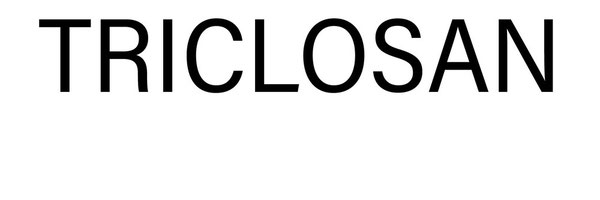Treacherous Triclosan
Grade 6
Presentation
Problem
Triclosan is a broad spectrum antibiotic which can is often used in a wide range of antibacterial products.
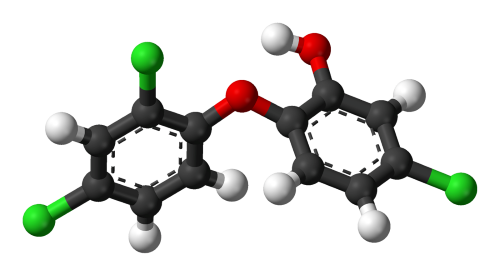
Triclosan is an organic compound with a slight phenolic ordor . It's use started in the 1960's in hospital surgical rooms for it's antibacterial properties .
By the 1990's it was present in several routinely used hygiene products such as soaps , toothpastes, hand sanitizers etc .

PROBLEM : THERE WERE NEVER ANY THOROUGH TOXICOLOGY STUDIES DONE ON TRICLOSAN , before being widely used in hundreds of OTC products .
Method
METHOD :
- Review of historical literature citing the use of Triclosan .
2. Retrospective analysis of health risks / environmental risks due to build of this chemical on human skin , it's absorption into the skin and effect on aquatic ecosystems due to waste water buildup .
3. Review of Government policy namely the FDA and Canadian federal government agencies to understand the regulations around the use of Triclosan .
4. Real time market survey to check presence of Triclosan in today's consumer products .
Research
Over the past two decades the general population has been very widely exposed to Triclosan to the extent that the chemical has shown up in urine samples all over the world.
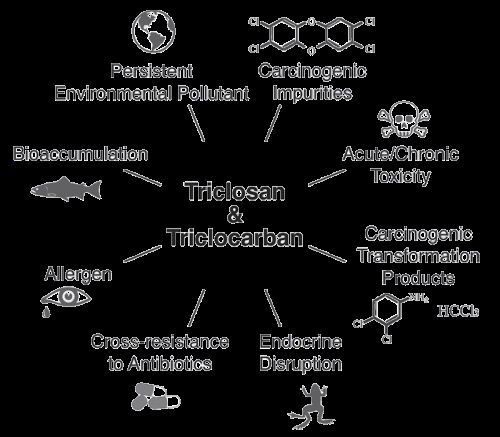
NEGATIVE EFFECTS OF TRICLOSAN:
1. Disruption of mast cells strongly and acutely in concentrations that are completely relevant to what people would be exposed to when they wash their hands or brush their teeth .
It deforms Mitochondria ( powerhouse of the cell) quickly. Dr Julie Gosse ( Biomedical scientist University of Maine)
2. Triclosan is classified as an endocrine ( hormonal) disruptor because of it's ability to interfere with Estrogen ( female hormone) , Androgen ( male hormone) and Thyroid hormone. There is evidence indicating the risk of developement of allergies in children and exposure to Triclosan.
3. Developement of multi drug resistant bacteria is another major concern with rampant use of Triclosan .
Triclosan primarily functions as a antibacterial by disrupting the bacterial cell membrane , making it permeable so that Triclosan an enter the cell and kill it . Some times at lower concentrations some bacteria are able to develop mechanisms to evade this dispruptions by growing resistance genes . It is these bacteria that proliferate and also start developing multi drug resistance .
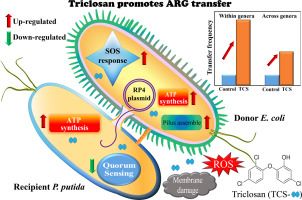
4. ADHD Related behaviour and decreases in IQ noted in children due to exposure to Triclosan during certain periods in pregnancy . Joseph Braun Epidemiologist Brown university
5. Alteration of cancer risk due to Triclosan's estrogenicity and development of Reactive oxygen species .
6. Large scale use of Triclosan results in discharge of this compound in waste water. Incomplete removal of Triclosan by waste water treatment plants leads to triclosan being distributed to soil and surface waters .

In 2013 FDA Stated that " There are unresolved safety considerations regarding long term daily use of Tricosan" mainly because long term studies had not been conducted .
FDA Said in a statement " Companies will no longer be able to market antibacterial washes with these ingredients because manufacturers did not demonstrate that ingredients are both safe for long term daily use and more effective than plain soap and water in preventing illness and spread of certain illness"
In 2012 a Canadian government study found that Triclosan in waste water can interfere with growth and resproduction of plants and animals in lakes and streams . The study led to Health Canada and enviornment Canada to propose that the industry voluntarily cut back the use of this chemical particularly in personal care products that tend to get rinsed away into lakes and rivers"
In September 2016 FDA banned Triclosan and Triclocarban in OTC consumer antiseptic wash products.
Health Canada still allows for Triclosan in some OTC products if it's concentration is below 0.03% in mouthwashes and 0.3% in cosmetics
By the end of 2018 Triclosan was voluntarily removed from shopper's drug mart brands and Loblaws products . The companies called it a proactive move .
Data
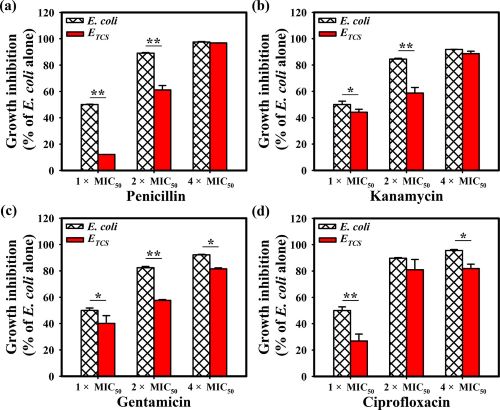
CHRONIC EXPOSURE TO AN ENVIORNMENTALLY RELEVANT TRICLOSAN CONCENTRATION INDUCES PERSISTENT TRICLOSAN RESISTANCE BUT REVERSIBLE ANTIBIOTIC TOLERANCE IN E.COLI
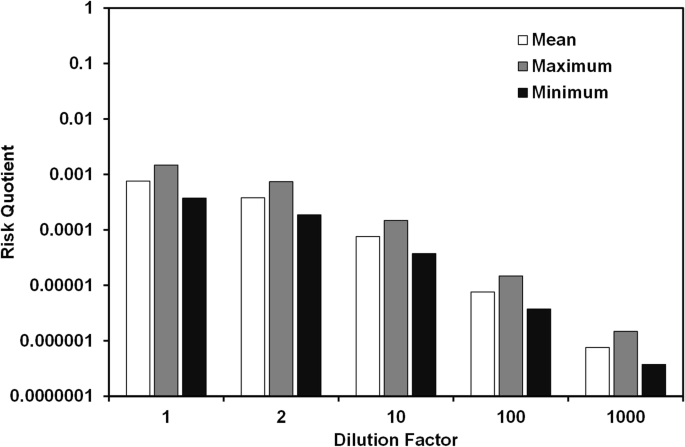
TRICLOSAN IN TREATED WASTEWATER FROM A CITY WASTEWATER TREATMENT PLANTS
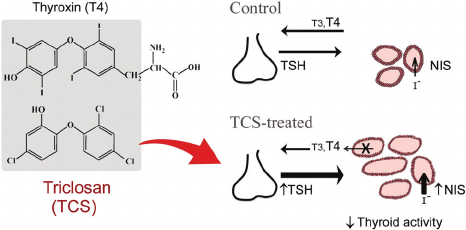
SCHEME SUMMARIZING EFFECT OF TRICLOSAN ON THYROID HORMONE IN ZEBRA FISH
Conclusion
CONCLUSION
TRICLOSAN has had an important role role in hospitals where dangerous bacteria are common and there are many susceptible patients . However it's widespread use has not had any proven benefit . The chemical has a dubious safety profile particulary due to lack of long term human studies .
Many researchers have shown that Triclosan builds up in bodies and skin of humans , plants and animals with indiscrimante daily use .
We are now also aware of it's many and significant negative effects on human bodies and nuerological development.
We conclude that although Triclosan use has been drastically reduced in consumer products in Canada and it has largely been removed from the shelves , but in this day and age of online shopping and products being shipped from overseas with negligible oversight and control a complete BAN should be considered to protect the consumer .The consumer may not always be aware of the health risks or may not read the detailed label on a product they received from for eg Amazon.
Since full range of toxic effects of Triclosan are still being studied , parents should take the cautious approach and avoid Triclosan containing products for Children , always check the label.
Citations
.https://www.fda.gov/consumers/consumer-updates/5-things-know-about-
http://file:///C:/Users/Dr.%20Grewal/Desktop/e0617e34-e733-4acd-a92d-6ddc156b6154.pdf
.https://aap.onlinelibrary.wiley.com/doi/abs/10.1002/jper.18-0501 (published September 27 2019)
.https://academic.oup.com/jac/article/45/4/447/727690 (published April 1, 2000
.https://www.sciencedirect.com (2016: date of research, not publication)
The sites above state even though studies with Triclosan prove Triclosan in its current concentration is fine, they also add the fact that Triclosan in soaps can harm your hands and skin and also cause cancer. Triclosan loses a point here as obviously cancer and major skin damage is not good for human health. We have also learned that putting 0.3% percent of Triclosan very much helps protect your teeth. As such it appears putting triclosan in toothpaste is helpful. Despite this there are other antibacterial substances that can be used in soaps that can be more helpful and don’t cause dangerous health problems. It is also said that normal soap works just as efficiently. Despite this, an article from the FDA, content from 2019, is trying to prove that triclosan is okay in toothpaste and over-the-counter (OTC) consumer antiseptic products. Though the FDA has proven gingivitis can be prevented by using triclosan in toothpastes, at this time, the FDA doesn’t have evidence that triclosan in OTC consumer antibacterial soaps and body washes provides any benefit over washing with regular soap and water. This is the exact same research we have so far come by. Also, the FDA states in 1997, they reviewed extensive effectiveness data on Triclosan in Colgate Total, which has now been removed as of January 2019, and according to their results, Triclosan did help clean teeth. Information from a 2009 website from https://portal.ct.gov agrees more with what the important sites said. They say that recent studies suggest triclosan may increase a child's risk of allergy along with mentioning Triclosan is also an endocrine disruptor. It is wise for parents to make sure that personal care products purchased for use by children are free of triclosan. This includes toothpaste, mouthwash, hand soap, shampoo, lotions, crèmes, deodorant and even toilet bowls. (An endocrine disrupter basically means it disturbs your hormones). More on the topic with the FDA , https://ec.europa.eu/ published an article on the fourth of November, 2022 about the fact that Triclosan and Triclocarban may have endocrine disrupting properties. This site points out that putting over 0.3% in toothpastes and mouthwashes is dangerous and that no amount of Triclosan should be given to children under 3. An article published on October 10, 2022 by the Cleveland Clinic stated… “Triclosan is an endocrine-disrupting chemical. That means it can harm your endocrine system, leading to issues with proper hormone function. Some animal studies have shown that exposure to high amounts of the ingredient may cause a decrease in certain thyroid hormones.” Using this logic we can infer that Triclosan in toothpastes, soaps and the other antibacterial substances is also dangerous for humans.Triclosan can be safe is what an article from Canada.ca that was updated October 10, 2020 practically states. It said that Triclosan functions as an antimicrobial agent by impairing the production of bacterial lipids. More specifically, it blocks the active site of a bacterial enzyme known as enoyl-acyl carrier protein reductase. Since humans lack this enzyme, triclosan has been generally accepted as harmless to human health. This website mentions that Triclosan is not a natural substance and can be found in house dust and drinking water as this chemical is not fully filtered. On the environmental side of things, Canada.ca includes the information that Triclosan is highly toxic to many aquatic organisms such as fish and to certain soil organisms. Though this resource said that the current level of exposure to Triclosan is not harmful to human health.
Acknowledgement
Mr Jason Baillie ( Grade six Science Teacher Webber academy )
Dr Nimer Grewal ( DMD and practicing dentist Calgary )

